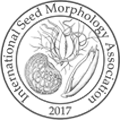Seed Imaging Equipment
Seeds or plant dispersal units are small objects, therefore, seed imaging usually requires a high level of magnification to display the seed features. Since seed shape is very diverse and three-dimensional, an imaging stacking program is also desired to generate all-in-focused images. Special equipment or lens accessories may be required to conduct such micro-images. Here are some examples to share. Please share your own experiences of seed imaging in the Forum for further discussion.
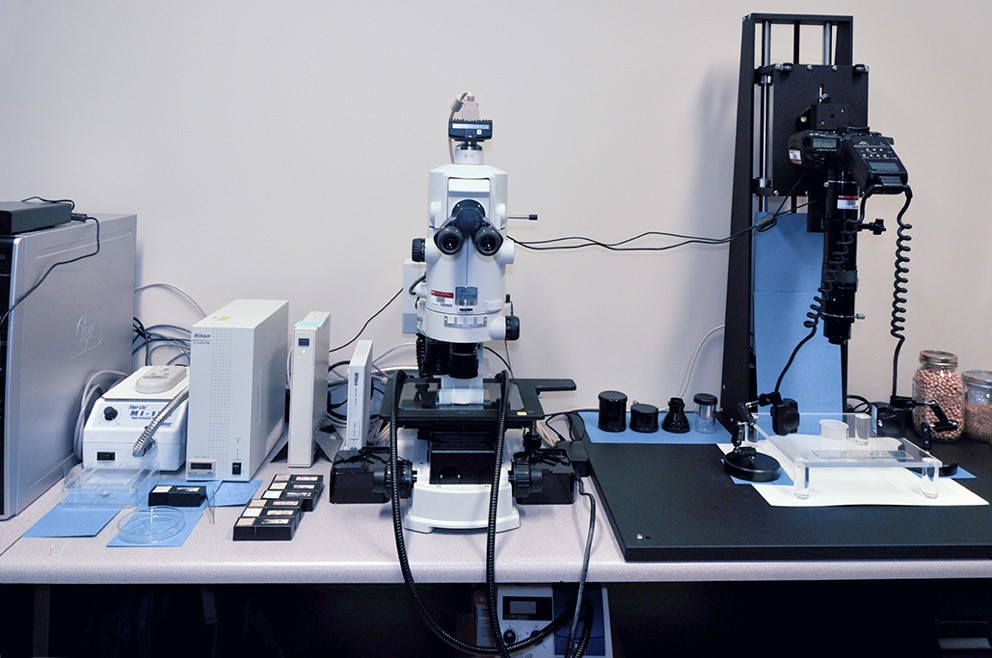
Example 1. A microscope and its attached camera on an automatically controlled mechanized microscope stage.
Example 2. A digital camera fitted with a long tube to which is attached a magnifying lens on a remote-controlled mechanical platform.
Producing high-quality images of seeds, which are very small, can require a specialized setup. In particular, it is generally not possible to get an entire seed in focus at sufficient magnification to see the fine details. The solution to this problem is to take multiple photos, varying only in their focus, and use a software program to "stack" the images together, creating a composite image using the focused region of each source photo.
There are two main types of an imaging setup that can take this type of image series, the digital microscope type and the digital camera with computerized lift type.
Digital microscope setup
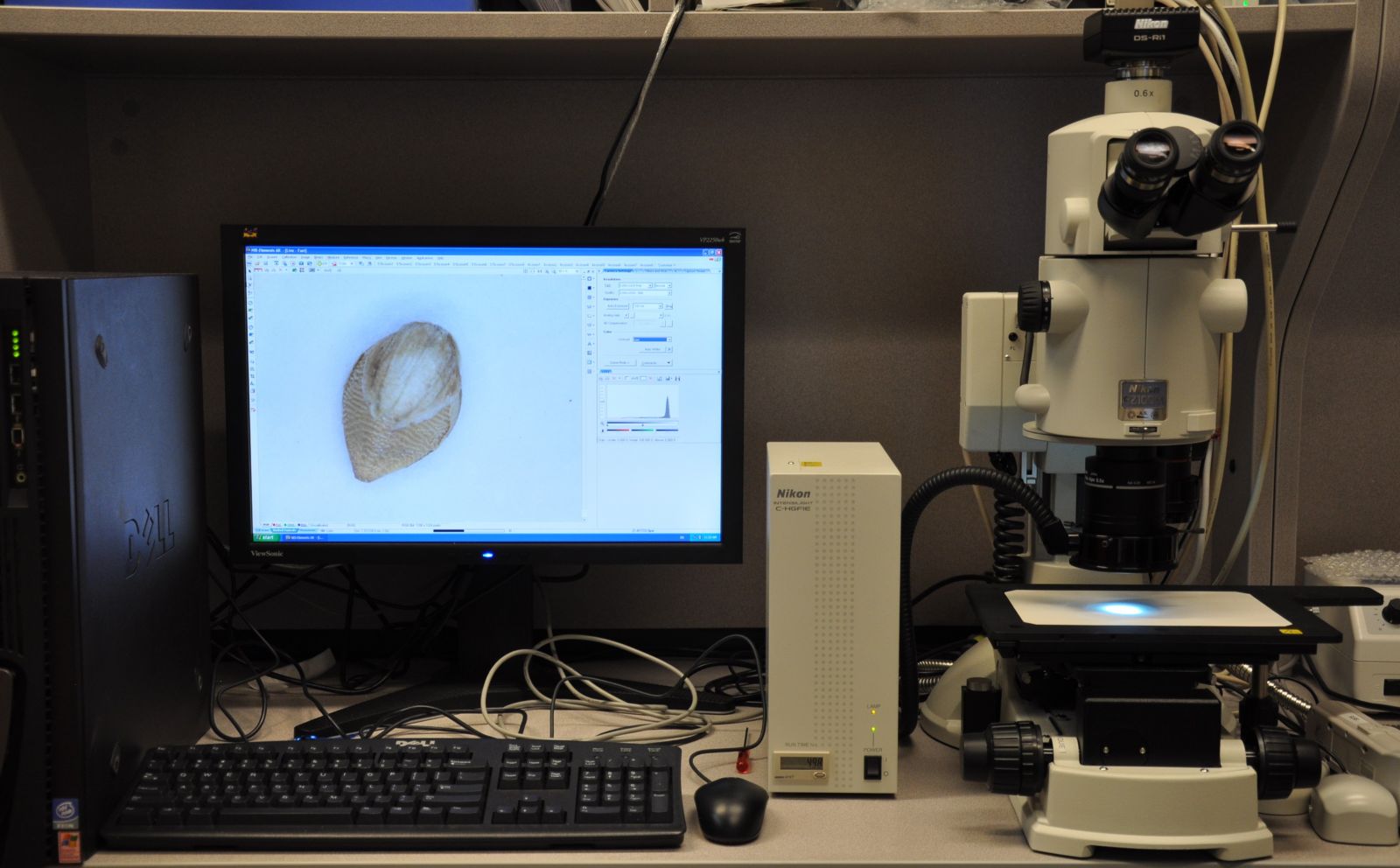
Digital microscopes come in a wide variety of types and price-points; they tend to be a more "all in one" solution, often including proprietary software to generate the stepped images and combine them into one stacked, focused image. Lighting and other options may be more limited, but the process for producing a focused image can be extremely streamlined, requiring only a few clicks.
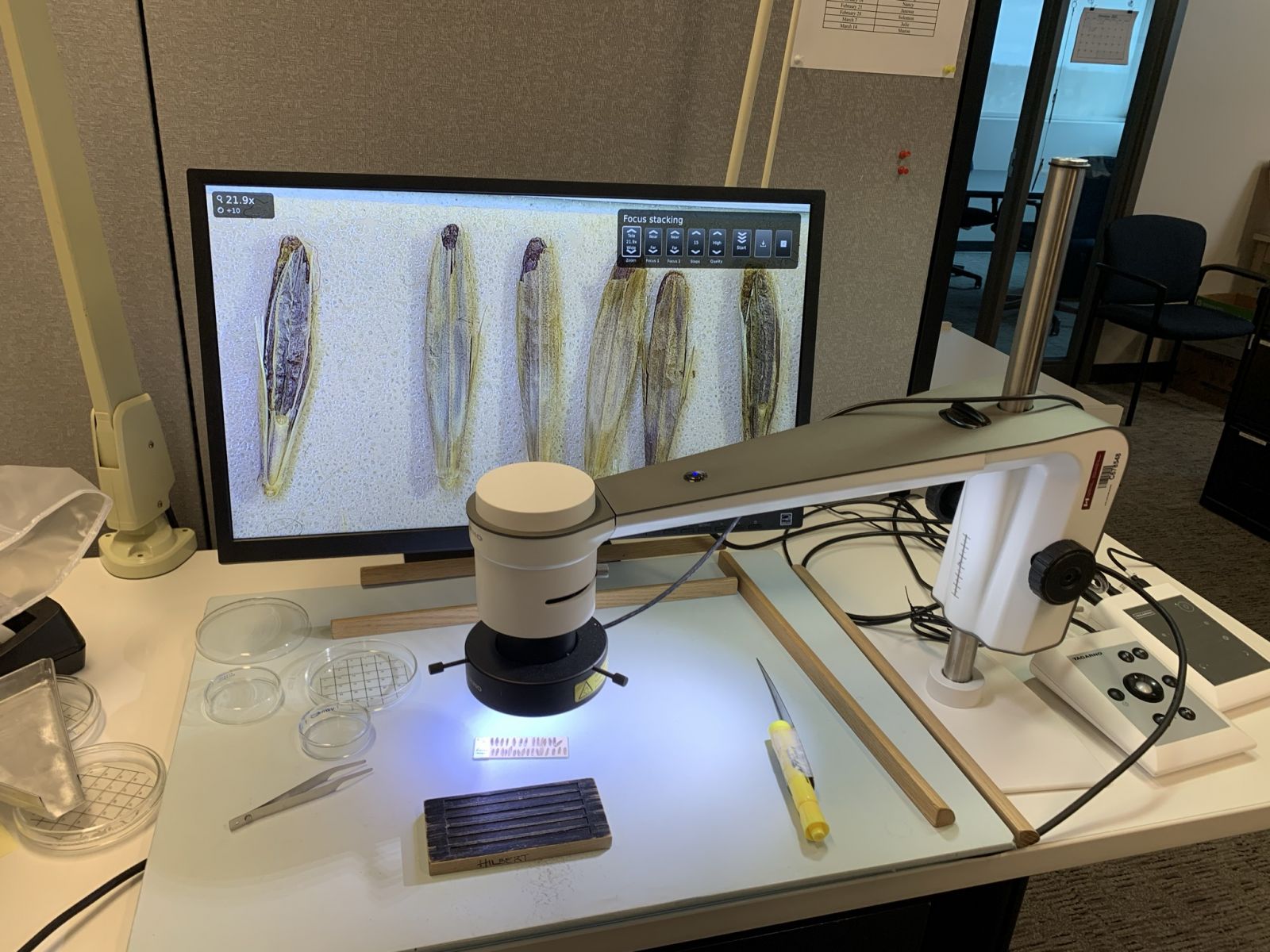
Digital camera and lift setup
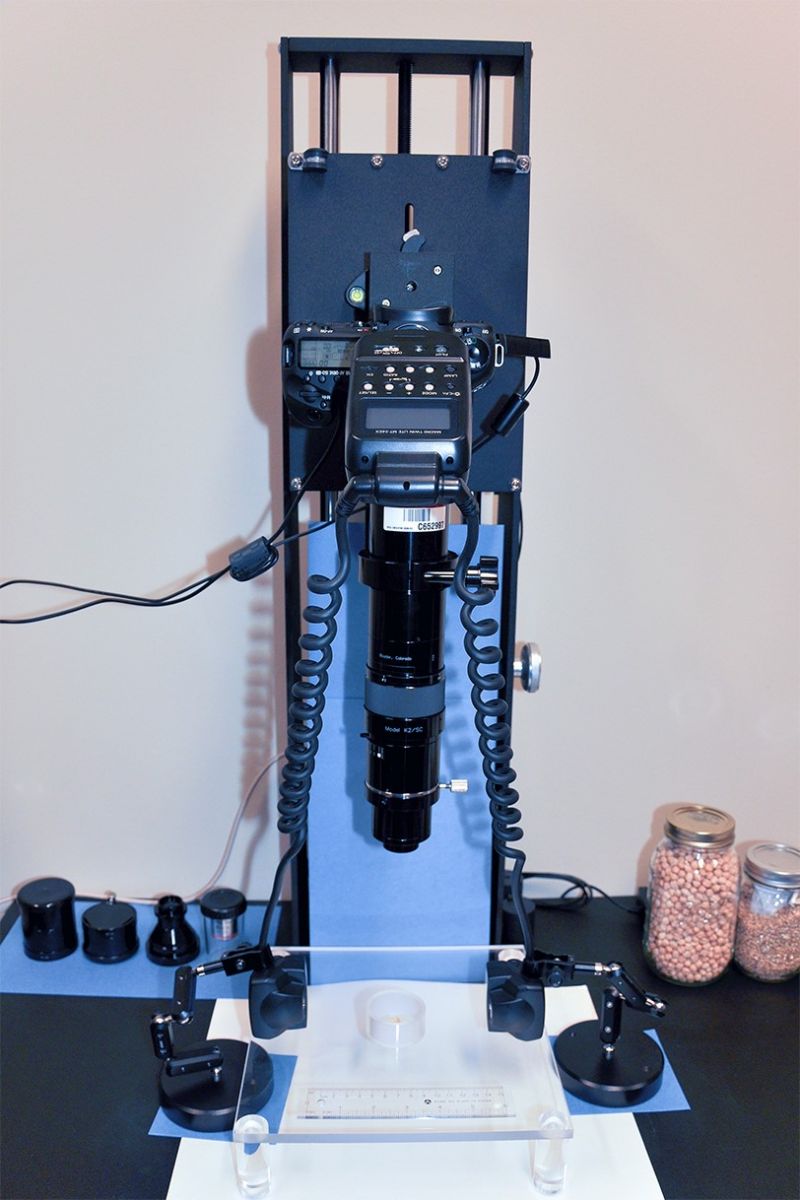
The digital camera and lift setup involves combining several separate components:
- High-quality digital camera
- Magnifying or microscope-type lens
- Computerized lift or stand
- Flash or other lighting systems.
These components are controlled by the appropriate software on the computer to generate a series of images at different focal depths. Once generated, this series of images can then be stacked by other software to generate a focused image. The separate components make these setups highly customizable, and the option to use an extremely high-quality camera and professional-grade lighting system can create some of the best quality images. However, the setup may be more complicated, and a separate program is required to combine the images after they are taken.
Combining image sets
Once a series of images is generated, it needs to be combined by specialized software. This may be a proprietary program that comes with the microscope, or separate software when generating images with a camera and stand.
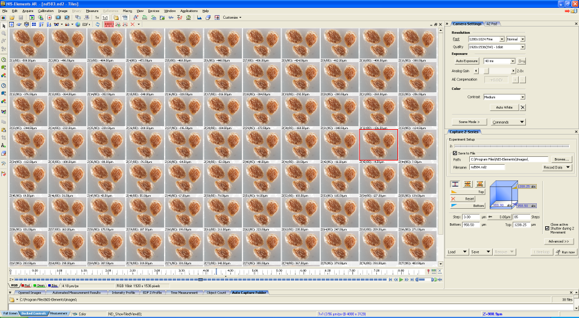
A series of images at different focus levels.
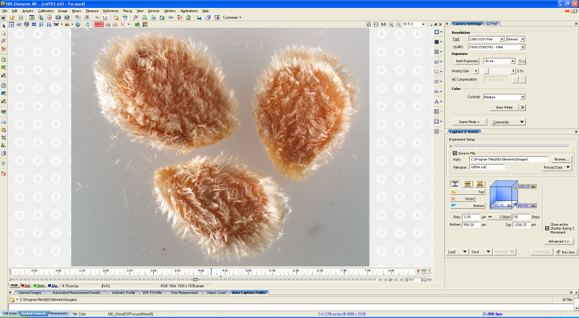
A final focused image, which combines the in-focus areas from the series above.
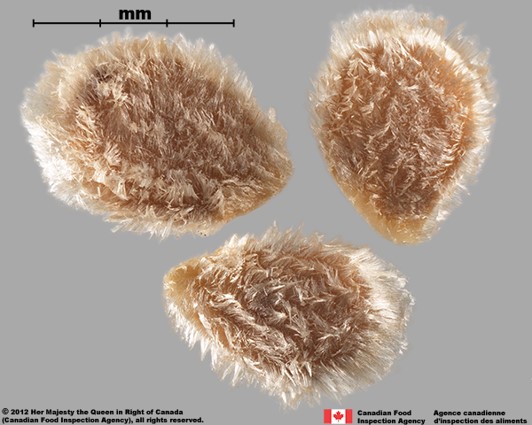
The focused image is then exported into an image-editing software package, where a uniform background is added and any seed colour corrections are completed. A scale and the copyright are also added.
The types of images required for illustrating seed morphology are discussed here.
A webinar discussing seed photography methods are linked here.
*Authored by Seed Science and Technology Section, Saskatoon Laboratory, Canadian Food Inspection Agency, @2021 All Rights Reserved.
**All Images used here are credited to the Canadian Food Inspection Agency.


